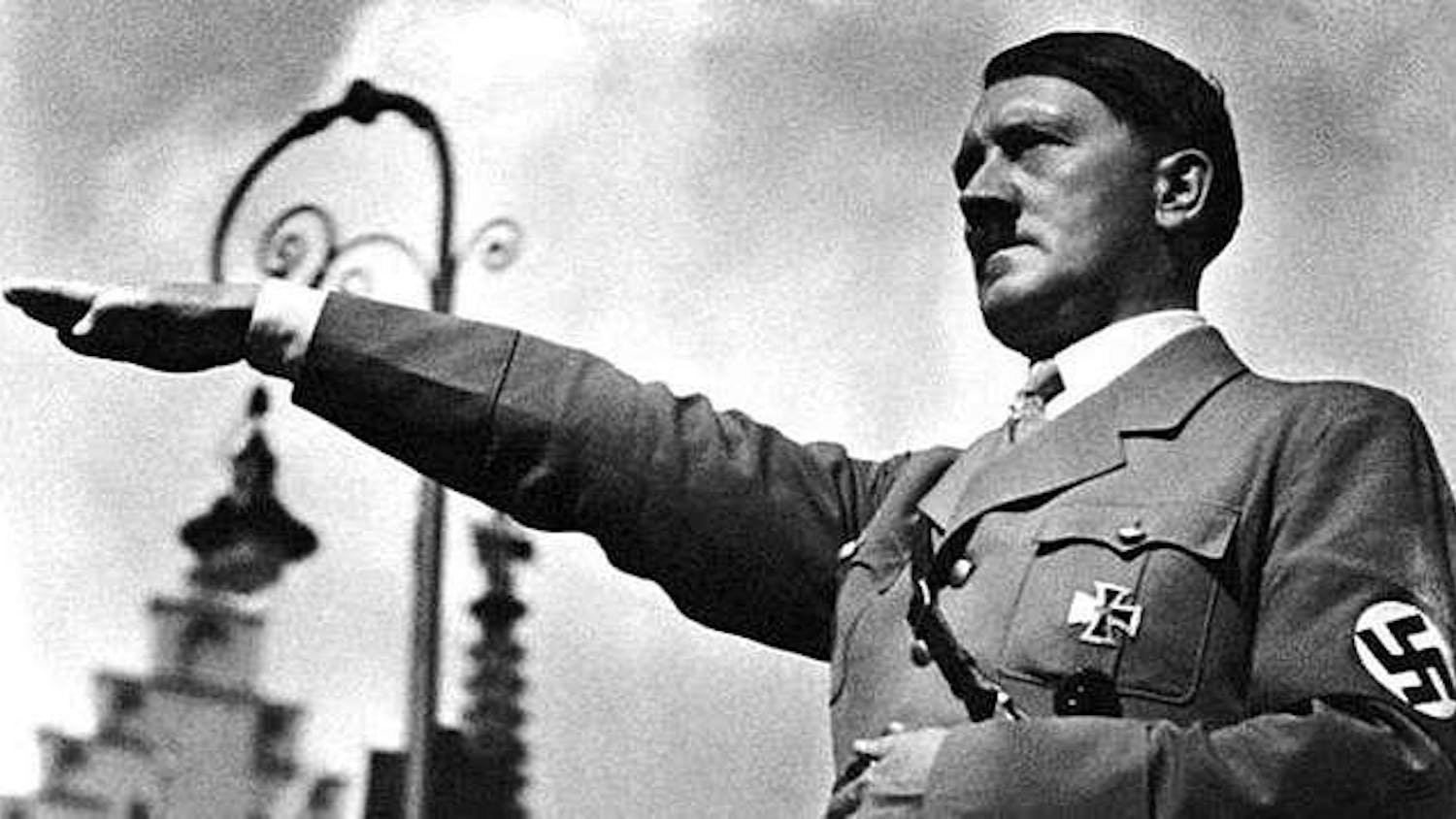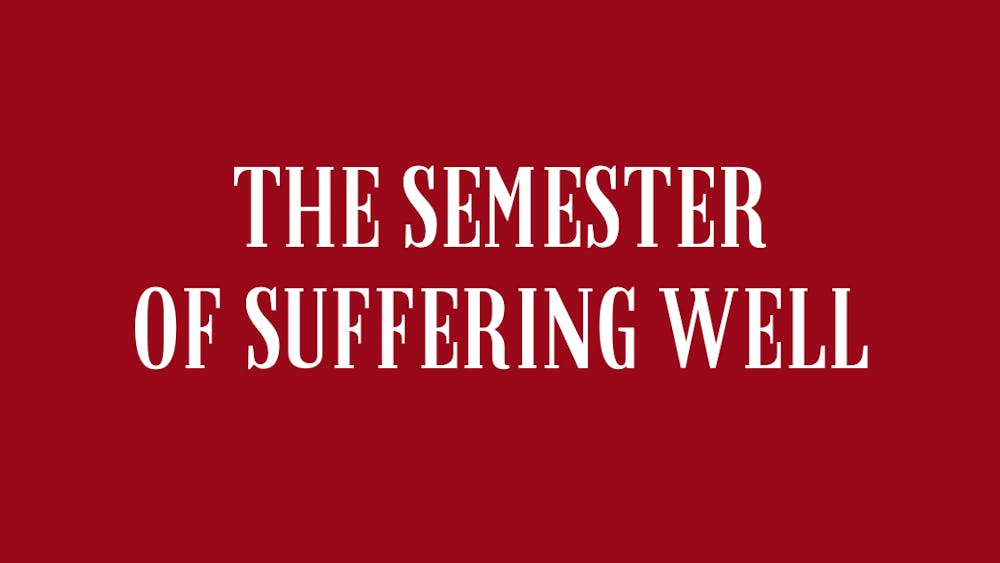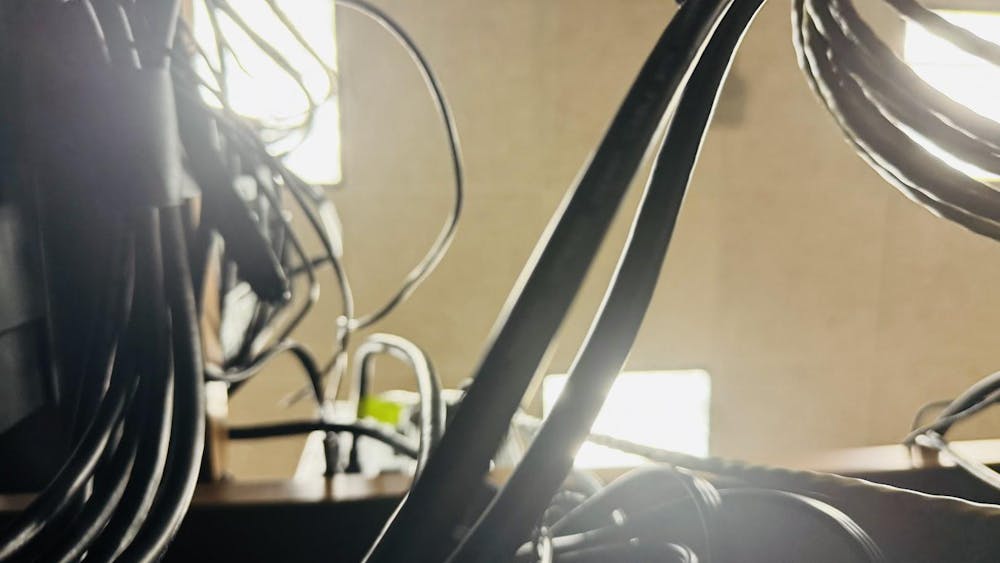On Aug. 13, Notre Dame took a long overdue but necessary step toward protecting LGBTQ+ students, staff and faculty. By including “gender identity” in its policies on sexual and discriminatory harassment, the University now prohibits harassment, whether verbal abuse or threatening behavior, toward members of the Notre Dame community based on a person’s gender identity. This explicit policy change will prevent hostile work and academic environments and is a clear step toward true equity on Notre Dame’s campus.
While we applaud Notre Dame for finally taking this step forward, it is critical to remember that the University continues to intentionally exclude “sexual orientation” and “gender identity” from its notice of non-discrimination, failing to fully protect LGBTQ+ students, staff, and faculty in employment, admissions, scholarships, athletics, and other educational programs. The harassment policy change can and should be celebrated while also recognizing the efforts that still must be made at our University.
This change comes from the tireless dedication of student activists over the past 25 years, highlighting how necessary it is to understand the barriers to student advocacy, both past and present, at Notre Dame. One such barrier is the reality of only having four years to serve the Notre Dame community, making it all too easy to forget about the work of students who came before. While we celebrate the policy change, we must also understand the myriad efforts of LGBTQ+ and ally faculty, staff, and student organizers who made this change possible.
For decades, members of the Notre Dame community have pressured administrators to revise the notice of non-discrimination. In 1996, the Ad Hoc Committee on Gay and Lesbian Student Needs, which included four Holy Cross priests, recommended “that the Vice President for Student Affairs should raise to the University officers the issue of modifying the nondiscrimination clause...to include sexual orientation.” In 2008 and 2009, petitions with thousands of signatures asked Father Jenkins to include “sexual orientation.” In 2012, the student and faculty senate supported the inclusion of “sexual orientation” and “gender identity” as a result of the advocacy of the student-led 4 to 5 movement which led to the creation of PrismND. The Observer’s editorial board and student op-eds have continually published their support for student organizations including the Progressive Student Alliance, the 4 to 5 movement and PrismND. Yet, all these efforts fell on unwilling ears.
Notre Dame is exceptional in its exclusion. Among the top 32 universities only Notre Dame excludes “sexual orientation” and “gender identity.” Other Holy Cross institutions have taken drastic steps to intentionally protect their queer students, staff and faculty. This holds true and is explicitly codified across the street at Saint Mary’s: “Based on our Catholic values, the College also prohibits discrimination on sexual ... orientation.”
When University administrators respond, they usually point to Rev. Malloy’s open letter from 1997. In this letter, he promulgated two major arguments: (1) that the protections are not explicitly included in federal or state law; and (2) that including “sexual orientation” would open the University to lawsuits compelling them to act contrary to Church teaching on homosexuality. To the first, it is clear that while universities cannot offer fewerprotections than the law demands, they certainly can offer more. For example, Villanova and Stonehill College include protections for “sexual orientation,” but the state of Pennsylvania does not.
The second argument concerns the phrase “sexual orientation.” Rev. Malloy was worried that civil courts would conflate homosexual orientation, not considered sinful, and homosexual action, which is considered sinful, under the umbrella term “sexual orientation.” This, he wrote, “might jeopardize our ability to make decisions that we believe necessary to support Church teaching.” We recommend Notre Dame look at the University of Portland, which “expressly reserves its rights and obligations to maintain its commitment to its Catholic identity and the doctrines of the Catholic Church,” as an example of effective wording. It is time for Notre Dame to protect LGBTQ+ students, staff, and faculty instead of hiding behind outdated arguments.
To current students: we understand your lives are enmeshed in the dual pandemics of our time. Both the COVID-19 pandemic and the pandemic of racial injustice are plaguing so many physically, emotionally, financially and mentally while exposing the structural ills of our nation. We exhort you to realize, however, that our advocacy must be intersectional. We should never forget that the Stonewall riots and the modern gay-rights movement in the United States were started by a black trans woman, Marsha P. Johnson.
Trans lives matter, Black lives matter and it will take the advocacy of a large group of students to secure full protection for our LGBTQ+ Notre Dame family members. This policy change happened because of the strategic collaborative efforts of queer and transgender students, alumni and allies, in Student Government and other groups, building on the institutional knowledge of those who came before us.
Our purpose in sharing this history is simple: to inspire you to take action, push back against barriers to advocacy, and fight for change. Did you know that a petition with 200 undergraduate signatures requires the student senate to consider a specific resolution? Students can also submit revisions to du Lac through the Campus Life Council, chaired by the student body president, or directly to the Office of Community Standards. You don’t need to be an official “student leader” in order to lead movements for justice.
The bureaucracy is intentionally complicated, designed to exhaust even the most passionate students until they graduate.
Please don’t let it.
Find allies on the inside, pressure from the outside, and organize your fellow students. Learn what constraints are written rules and which are unwritten customs, just “the way things are done.” Make Notre Dame live up to its Spirit of Inclusion, as the welcoming home it must be.
In Notre Dame,
Nick Ottone, Student Government Director of University Policy 2019-2020
(Editor's Note: Nick Ottone is a former Scene Writer for The Observer.)
Kendrick Peterson, PrismND President 2019-2020
Elizabeth Boyle, Student Body President 2019-2020
Kelly Valenzi, PrismND Vice President 2017-2018
Carrera Brown, PrismND Vice President 2016-2017
Linde Hoffman, Student Government Chief of Staff 2019-2020
Connor Hayes, PrismND Co-President 2013-2014
Baylea Williams, PrismND President 2017-2018
Patrick McGuire, Student Body Vice President 2019-2020
Bryan Ricketts, PrismND Co-President 2013-2015 & Student Body President 2015-2016
Aaron Moyer, PrismND Co-Vice President 2020-2021
Anne Jarrett, Student Government Director of Gender Relations 2019-2020
Alex Coccia, 4 to 5 Movement Co-Founder 2010-2012 & Student Body President 2013-2014
Corey Gayheart, Student Body Vice President 2018-19
Becca Blais, Student Body President 2017-2018













